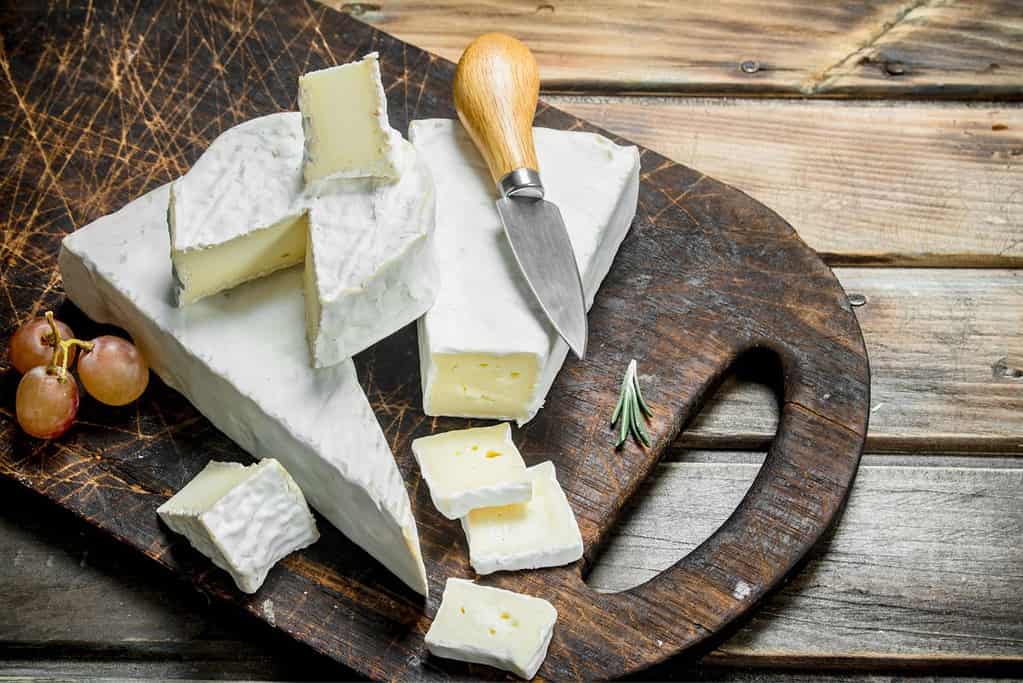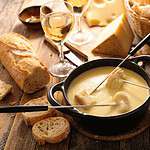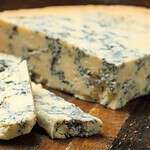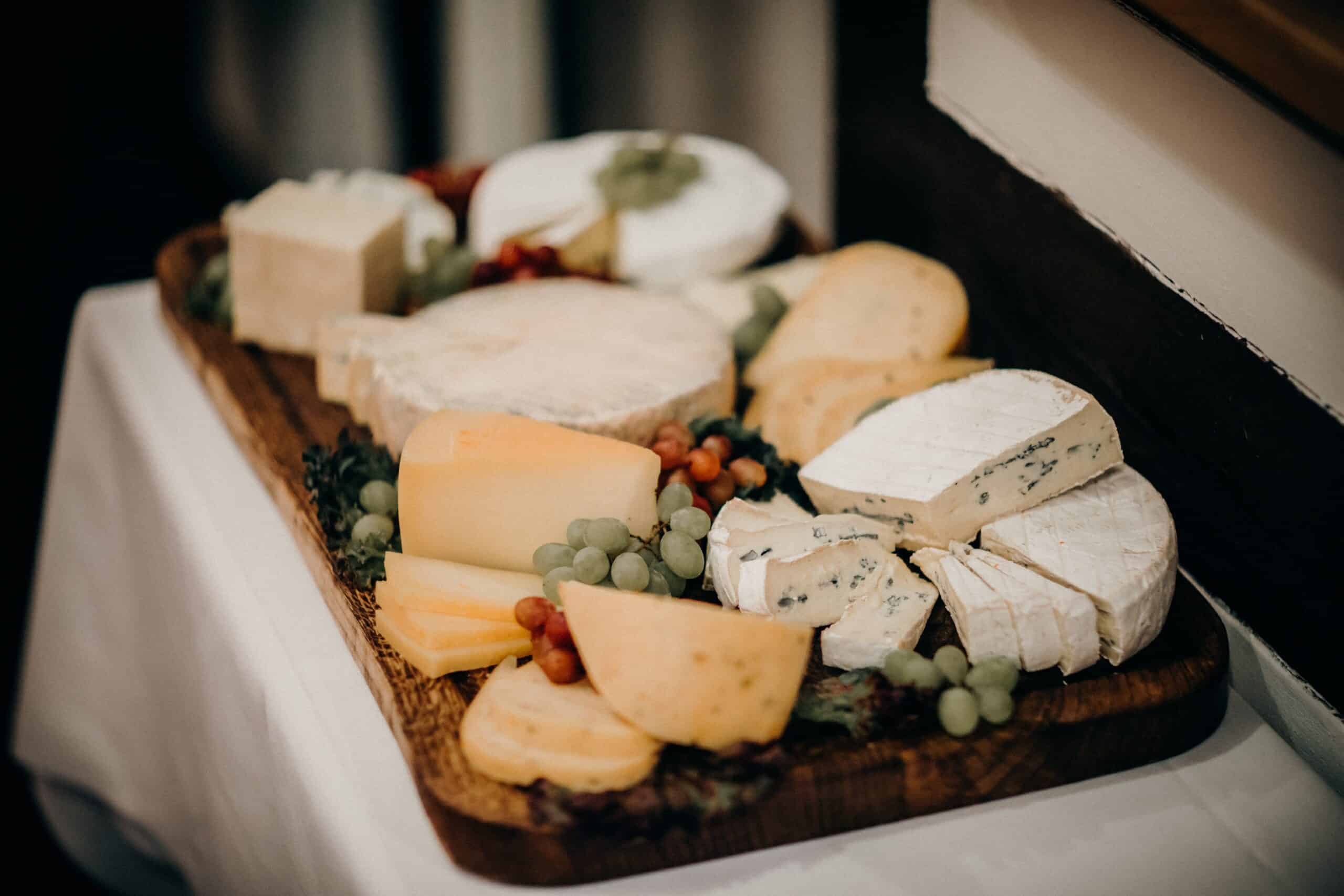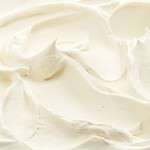If you asked us for an exhaustive list of our favorite cheeses, we’d be here for hours. One thing’s for sure, though, brie would definitely make it into the top three!
Brie cheese is one of the most iconic cheeses in the world, celebrated for its fluffy rind, smooth insides, and soothing mellow flavor that sometimes even tastes a little nutty!
If you want to make the most of your brie cheese, we’re here to help. Let’s talk all things brie, and share our top tips on how to enjoy this infamous cheese, the right way.
What Is Brie Cheese?
Brie cheese is a soft variety of cow’s-milk cheese that’s known for its off-white, soft-ripened color and texture. Brie cheese is named after Brie, a region of France where the cheese originates from.
Brie cheese is thought to have been invented by Monks in the area of Meaux and Melun in the 7th century, and it’s now popular the whole world over.
Brie cheese has a distinctively buttery, mild, and slightly creamy taste. If you’re trying Brie for the first time, we’d always recommend trying it with the rind on.
Eating Brie with the rind intact gives you a better chance to enjoy all of the unique flavors this incredible cheese has to offer!
Although many people think the rind isn’t edible, this simply isn’t true. Brie rind is perfectly fine to eat, and it not only offers your Brie an earthy flavor, but it also protects and encases your cheese!
How To Eat Brie Cheese
If you’re anything like us, you’ll be more than happy to simply chop some Brie off the block, and eat it as it is.
While this is perfectly fine (and we’re definitely not going to discourage such behavior), there are a few special ways you can make your Brie-eating experience even more enjoyable.
Here are some of our tried, tested, and simply delicious ways to enjoy your helping of Brie:
Temperature
Believe it or not, the temperature of your cheese can have a significant impact on its flavor. We wouldn’t recommend serving Brie straight from the refrigerator.
If your Brie is too cold, it won’t taste as creamy and cheesy as it usually does. So, for best results, serve your Brie at room temperature or slightly warmed.
Rind or No Rind
Rind, or no rind, that’s the question… Honestly, it doesn’t matter whether or not you eat your Brie rind. Not everyone’s keen on the flavor and texture, so try some for yourself, and take it from there.
However, if you do enjoy the flavor, Brie rind can add an extra layer of cheesy goodness for you to enjoy, so do with that information as you please!
Tasty Pairings
To make the most of your Brie, you’ll probably want to find some super tasty foods to pair it with. This can really enhance the flavor of your Brie, and bring out the different tastes and textures of your other pairings, too!
Brie is often enjoyed as an appetizer, but it can even be served as an individual meal before you bring out dessert. This really gives your guests a chance to savor every bite, and enjoy their Brie as a meal of its own – just like it deserves!
Some of the most popular food pairings to enjoy with Brie include:
- Cranberry
- Apples
- Pears
- French Bread
- Almonds
- Apricots
- Dates
- Prosciutto
- Salami
If you want a nice drink to enjoy alongside your Brie, you may want to try some of the following beverages with your meal…
- Merlot
- Sauvignon Blanc
- Chardonnay
- Cabernet Sauvignon
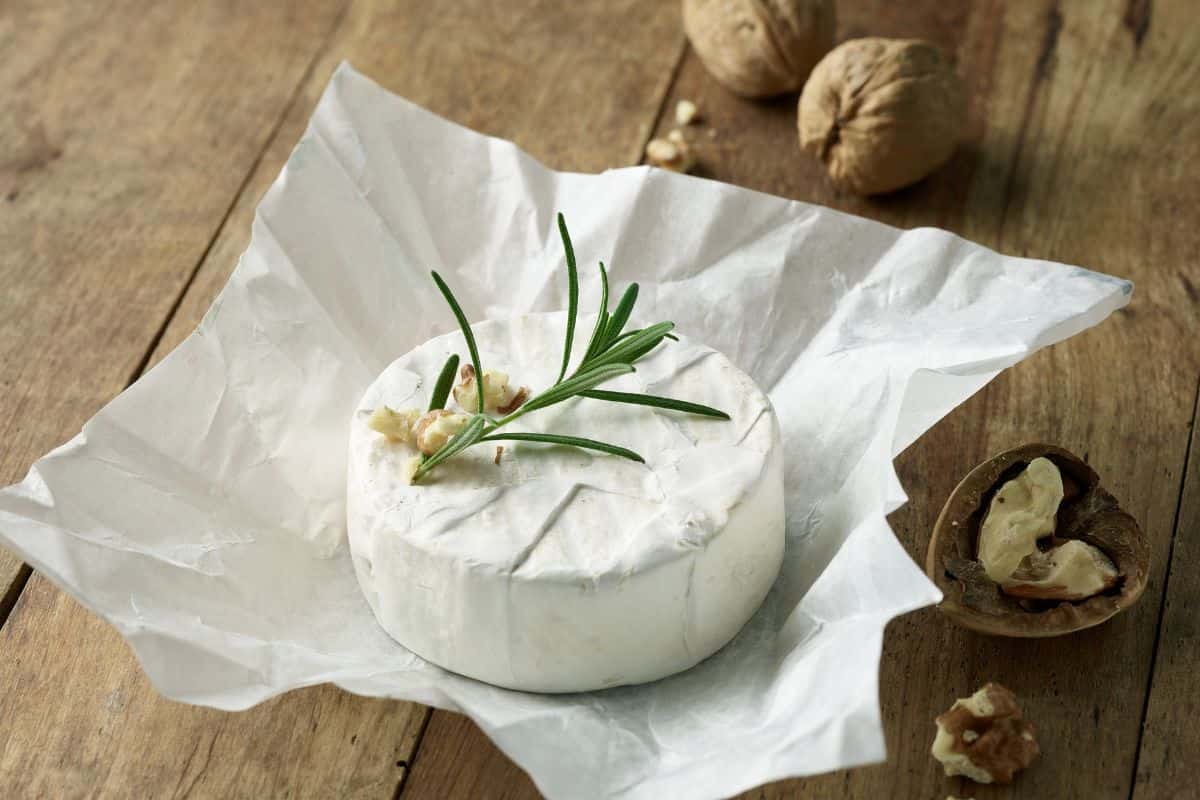
How To Store Brie
To keep your Brie full of flavor and in tip-top condition, you’ll need to store it correctly. Whole cheeses like Brie should NEVER be confined or wrapped too tightly, as this can cause mold to develop pretty quickly.
If you want to wrap up your opened Brie, we’d recommend covering it with a breathable layer of waxed or parchment paper. From here, you can store it in the fridge for a few more days and increase its longevity.
However, once it’s opened, some Brie varieties will keep even longer. Some can even last for up to 1-2 weeks, so you’ll have plenty of time to keep on enjoying your Brie!
How To Tell If Brie Is Ripened
When you buy Brie from the grocery store, you may need to give it some time to ripen before you enjoy it. Finding out whether your Brie is ripened is simple – if it’s ready to eat, the outer rind will be slightly firm, and the inside should have a little bounce to it.
If your Brie feels too firm and doesn’t bounce back when you press it, it’s probably underripe. If it’s gone runny, it’s overripe, and will no longer be good to eat.
Are There Any Good Substitutes For Brie?
Although Brie has a pretty unique flavor, there are a few other kinds of cheese out there that taste similar, and work well as substitutes.
You’ll need a cheese with a rich, creamy texture and a bloomy rind – Camembert and Chevre are usually the most popular choices. Camembert is so creamy and delightful, you’ll hardly even miss your Brie!
The Bottom Line
If you love cheese as much as us, you’ll want to make the most of every bite.
To enjoy your helping of Brie to the max, you’ll need to store it correctly, ensure it’s ripened, and find some tasty pairings to enjoy it with if you’re not chopping it straight off the block…
If you really want your guests to appreciate your Brie, try serving it as its own meal before dessert, or display it as an appetizer with a fruity food or condiment.
Brie is more than just a cheesy snack; with the right pairings, it can become a meal in its own right. In our opinion, this is the best way to enjoy Brie!

